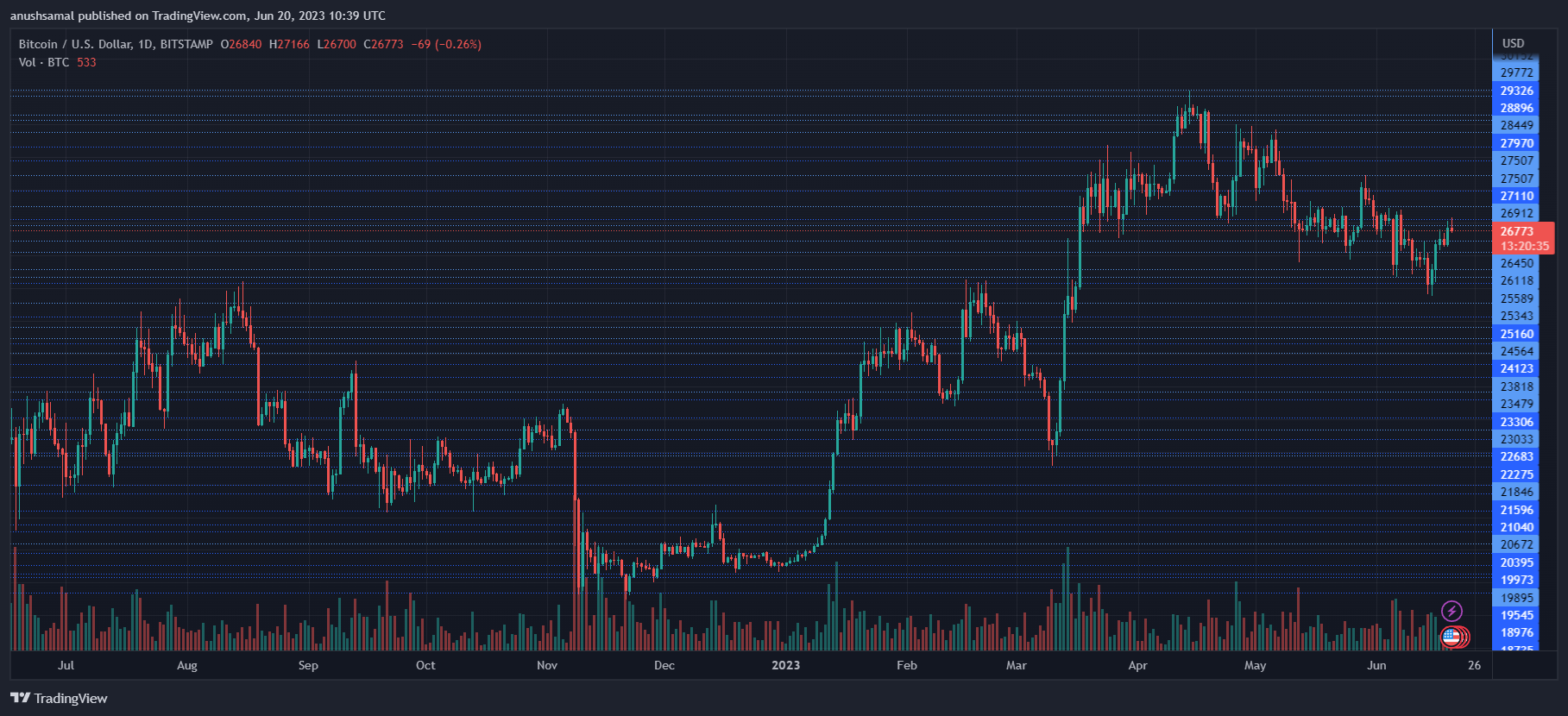To improve the performance and functionality of Cardano, developers are urging stake pool operators (SPOs) to swiftly adopt the latest Node version, 8.1.1., released on Monday. This release aims to optimize operations across the platform by dispersing epoch boundary computations throughout the entire epoch, leading to enhanced efficiency.
The upgrade is aimed at improving the user experience and smoothness of the Cardano blockchain network. It focuses on reducing epoch transitions, which are periods on the Cardano blockchain lasting approximately five days.
The recent upgrade to version 8.1.1 introduces significant changes to the way epoch calculations are performed, resulting in accelerated network processes during epoch transitions. Each epoch consists of 432,000 slots, with each slot lasting 1 second. It is during these epochs that ADA tokens are staked, and new blocks are generated on the Cardano network.
Significant Changes In Regards To P2P Connections
Version 8.1.1 of the Cardano update has been classified as a minor release, specifically addressing and resolving known issues related to peer-to-peer technologies running on the Cardano blockchain.
This latest version, 8.1.1, brings significant improvements compared to the previous version, 8.0.0. It includes performance enhancements and effectively addresses previously identified concerns, ensuring a more robust and optimized experience on the Cardano platform.
Related Reading: Why A Soaring Stock Market Could Bring Bitcoin To $47,000
Rick McCracken, a member of the Cardano community, has highlighted that Node 8.1.1 not only focuses on improving epoch transitions but also addresses concerns about peer-to-peer connections (P2P) and the domain name system (DNS).
These updates aim to enhance the overall functionality and reliability of the Cardano network. By addressing these concerns, Cardano’s mainnet achieves an additional level of efficiency, making it an increasingly attractive platform for both new and existing users.
The introduction of Node 8.1.1 further exemplifies the ongoing dedication of the development team to enhancing blockchain technology. With utmost emphasis on its readiness for mainnet usage and the remarkable enhancements it brings, developers have strongly encouraged all stake pool operators (SPOs) to update to the latest version.
This update simplifies the user experience on the platform, making it more efficient and streamlined. While the technical complexities of blockchain technology are taken care of, the focus remains on delivering an improved user experience.
Cardano Network Advances Amidst Ongoing SEC Lawsuit
Despite the regulatory crackdown by the United States Securities and Exchange Commission (SEC) on Cardano, the community of developers continues to actively build and improve this competing blockchain.
This ongoing commitment from the developer community not only showcases their confidence but also underscores their resilience in the face of challenges.
Furthermore, technical updates play a crucial role as catalysts for the token’s potential recovery in the short term. Node 8.0.0, the previous version, laid the groundwork for the Conway ledger era (Protocol Version 9.0), which introduced experimental support for the Conway period, also referred to as the Voltaire period.
Cardano’s roadmap is structured into five development phases, known as “eras,” which encompass Byron, Shelley, Goguen, Basho, and Voltaire. With Voltaire being the upcoming phase in the roadmap, the focus is set on its implementation along with its progression too.





